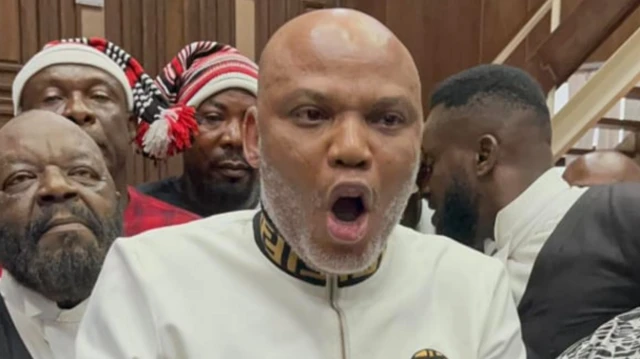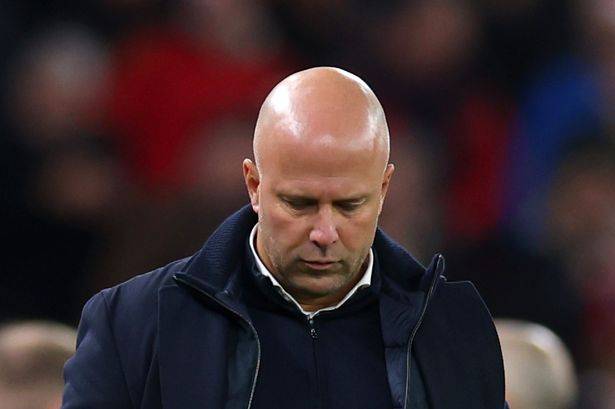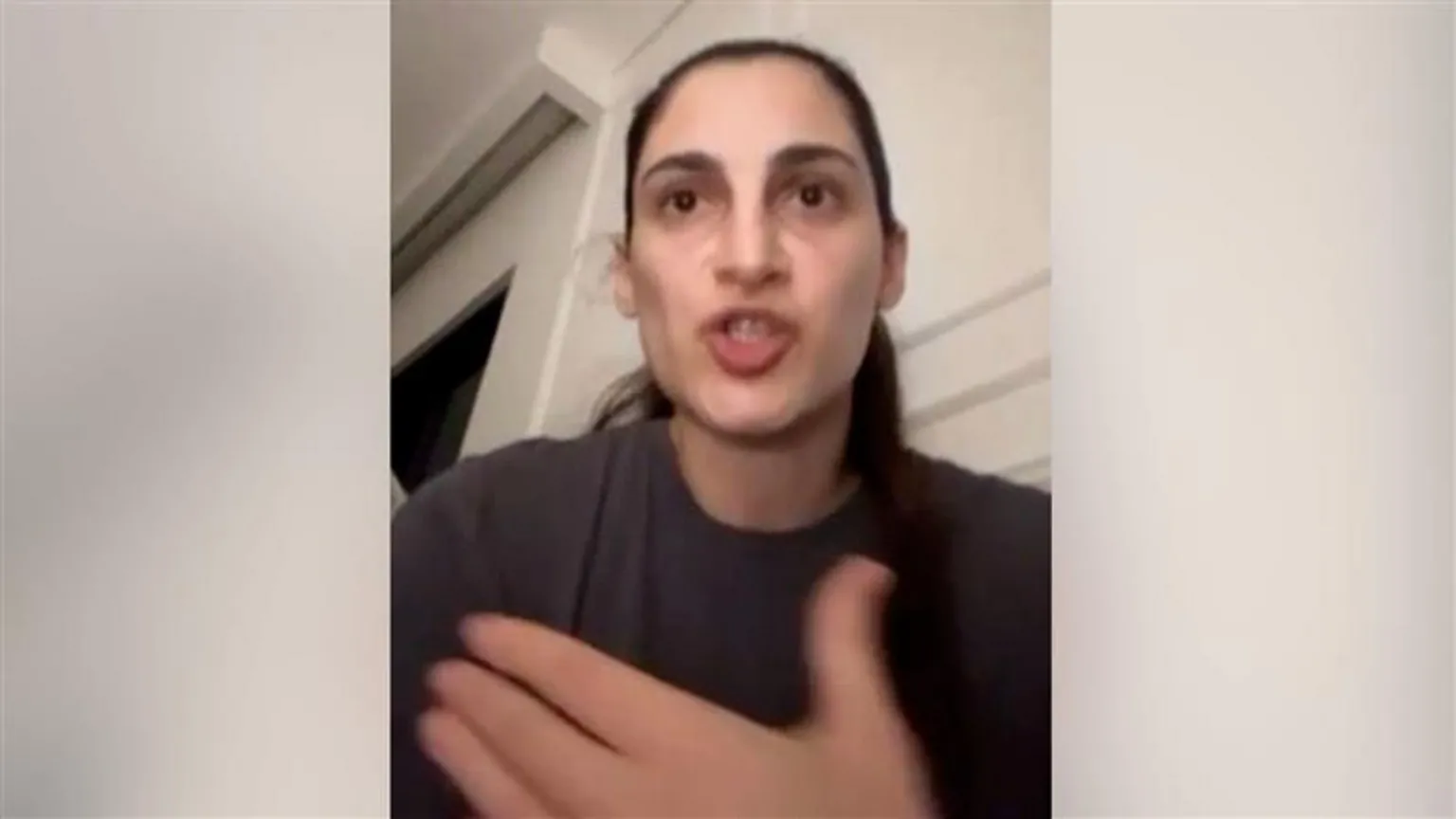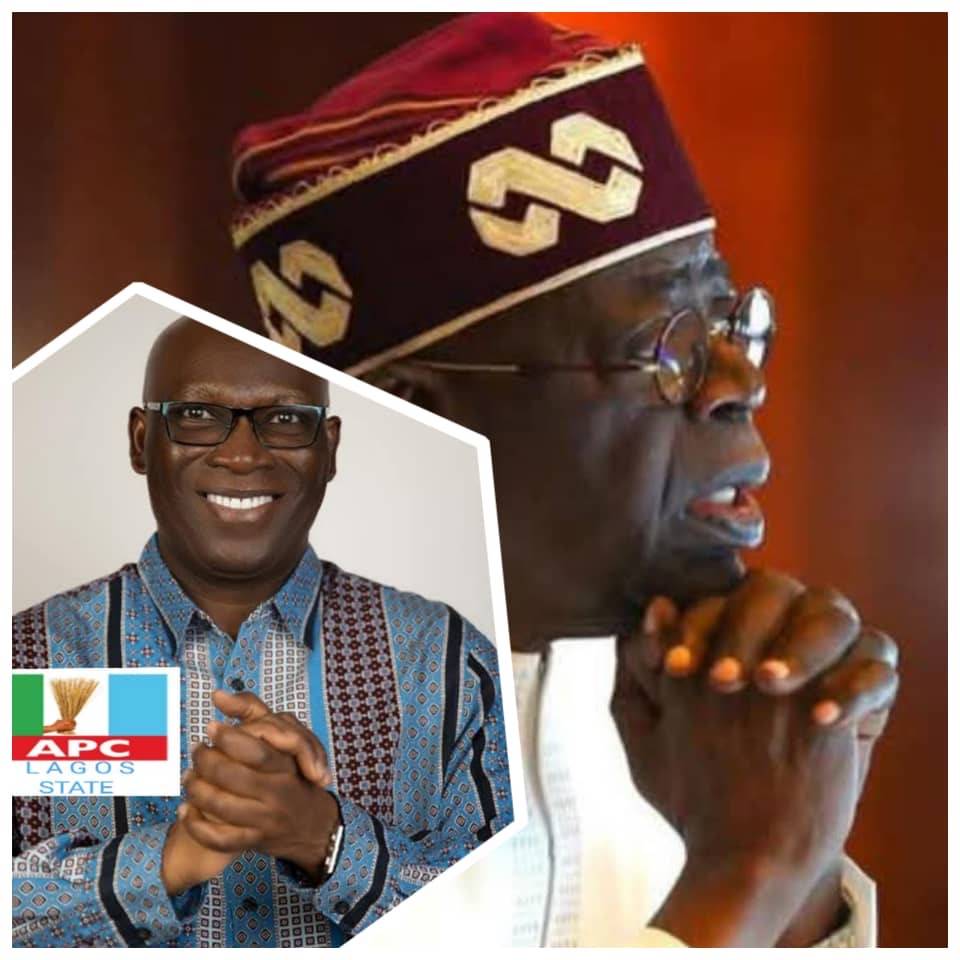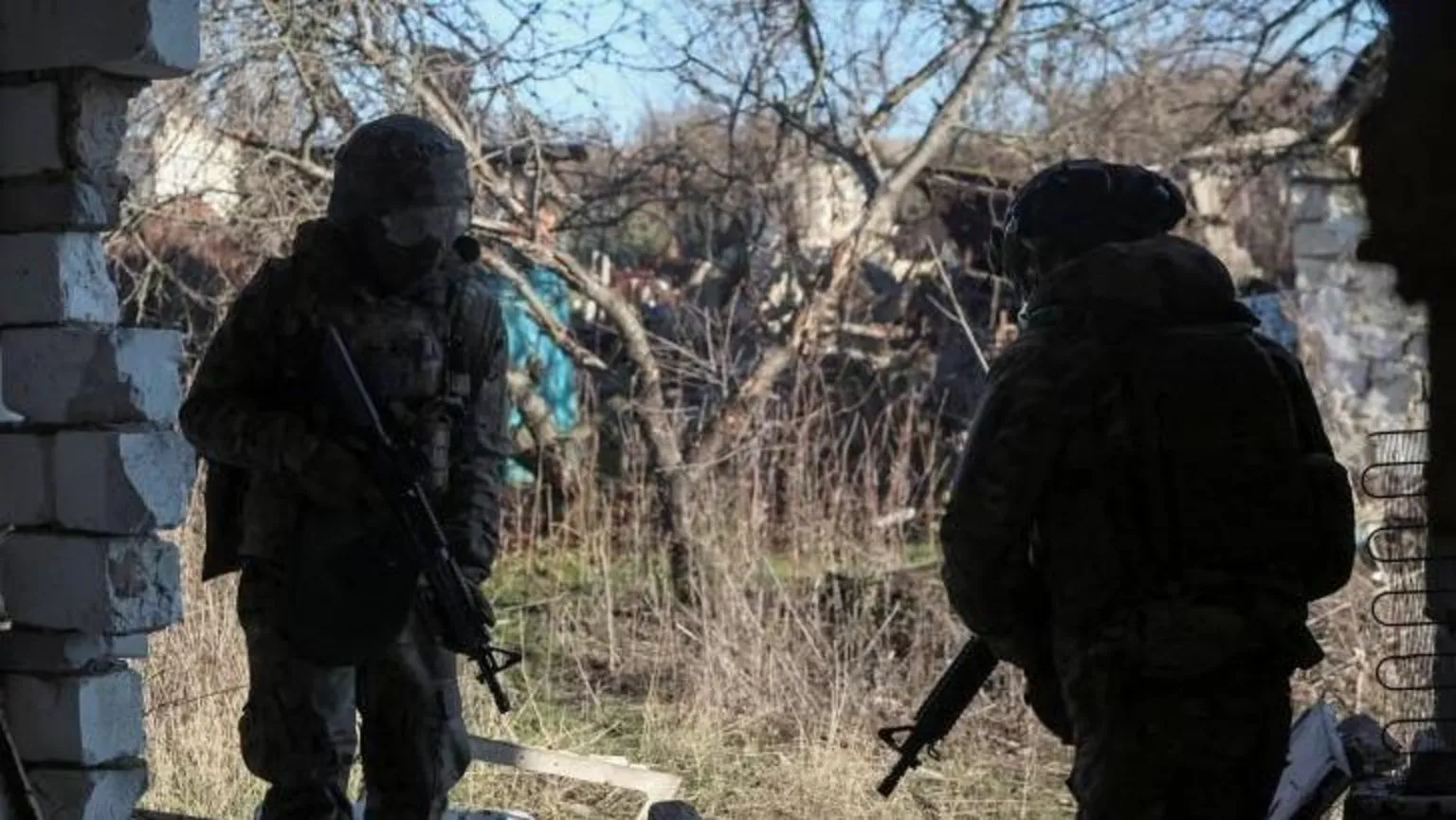The 2024 election was, to some extent, a referendum on inflation. Voters were mad about higher prices, and they vented their wrath on the Democrats.
Was that fair?
USA TODAY asked economists to ascribe blame for the historic run of inflation, which reached a 40-year peak in mid-2022. Inflation has cooled since then, to an annual rate of 2.6% in October. But prices are higher for good: about 21.4% higher since February 2020, according to an analysis by the personal finance site Bankrate.
Exit polls suggest inflation loomed large in Donald Trump’s triumph at the polls. More than two-thirds of voters said the economy was in bad shape, an ABC News exit poll found. In a CBS News exit poll, three-quarters of voters said inflation was a hardship.
“Most Americans haven’t really experienced high inflation,” said Mark Zandi, chief economist at Moody’s Analytics. “This was the first time they got a taste of it, and it was very, very bitter.”
But is the Joe Biden and Kamala Harris administration to blame?
Yes, the economists said, but only to a degree. Of the seven economists who spoke to USA TODAY, most cited the global pandemic, not Biden, as the primary cause of the nation’s inflation crisis.
‘We were in a scary place’
The pandemic triggered a brief recession, followed by a round of global inflation. The Trump and Biden administrations both responded to the downturn with multiple rounds of stimulus aid, dispatching checks to American homes. The Federal Reserve lowered interest rates and pumped money into the economy. Their collective aim, economists said, was to avoid a repeat of the Great Recession of 2008, which hobbled the U.S. economy for years.
“We were in a scary place,” said Ryan Sweet, chief U.S. economist at Oxford Economics. “You’re kind of staring into the abyss. At the time, it seemed that was going to be the correct approach.”
Biden and the Fed succeeded at pulling the economy out of the downturn. The job market swiftly stabilized.
But the stimulus also fed inflation, the economists said, which ultimately helped sink the Democrats at the polls.
“I think that they thought the public would reward them more for a fast recovery, in terms of jobs, than they would punish them for inflation,” said Ryan Bourne, an economist at the Cato Institute, a libertarian think tank. “I think that proved a huge miscalculation.”
Yet, most economists queried by USA TODAY listed the pandemic as the main reason for the historic price surge. Inflation, they said, would have happened no matter who was president.
“There’s a long list of reasons for the high inflation,” Zandi said. “The Biden-Harris policies that are on the list are at the very bottom.”
The pandemic delivered a classic formula for global inflation
The pandemic shut down much of the global economy in 2020. When the world reopened, consumers found many products running short. Demand outstripped supply, the classic formula for inflation.
“The COVID shutdowns were the biggest, sharpest economic collapse in modern history,” said Joshua Gotbaum, scholar in residence at the center-left Brookings Institution. “And it was followed by the biggest inflation in 40 years.”
In March 2021, President Biden signed a $1.9 trillion stimulus bill, directing payments of up to $1,400 to pandemic-stricken Americans. The Trump administration had already sent two rounds of stimulus checks, in March and December of 2020.
Some economists pilloried Biden at the time, saying the third round of stimulus relief was unnecessary, excessive and likely to overheat the economy. Many more economists say that now.
“There was no reason to do it,” said Douglas Holtz-Eakin, president of the right-of-center American Action Forum. “It was just way too big, and bad things had to happen, and the predictable bad things did.”
Holtz-Eakin was among those who spoke out against the relief bill at the time.
Taken together, the Trump and Biden stimulus bills “amounted to something like 20% of GDP,” the nation’s total economic output, said Desmond Lachman, a senior fellow at the right-leaning American Enterprise Institute. “That is the largest fiscal stimulus we’ve had in peacetime. That, I think, is a big part of the story.”
Other economists downplay Biden’s stimulus bill as a factor in the consumer-price explosion that followed.
“Biden/Harris don’t bear primary blame for the inflation,” said Jeffrey Frankel, a Harvard University economist. “Primary blame, rather, goes to supply constraints as the economy came out of COVID and the acceleration of commodity prices that came with Russia’s invasion of Ukraine.”
Frankel noted that Harris, as Biden’s vice president, bears even less blame for the stimulus package than Biden himself.
Ukraine invasion ‘gave inflation another breath’
In February 2022, Russia invaded Ukraine. Most economists who spoke to USA TODAY, including Frankel, cite that event as a leading factor in the run-up of consumer prices.
The annual inflation rate had hovered below 3% for years when the pandemic hit. Inflation sat at 1.7% in February 2021, just before Biden’s stimulus bill. By mid-2021, as the global supply chain reeled, inflation topped 5% for the first time in more than a decade. In December of that year, inflation reached 7%.
Inflation hit 8.5% in March 2022, after the Ukraine invasion. Gas prices soared past $4 a gallon.
The invasion “sent shock waves through commodities markets,” Sweet said. “That kind of gave inflation another breath of air.”
March 2022: The Fed steps in
In March 2022, the Federal Reserve responded to the nation’s overheated economy by raising interest rates. The benchmark federal funds rate had sat at zero, effectively, since the start of the pandemic.
Between March 2022 and July 2023, the central bank would raise rates by more than 5 full percentage points, to a peak over 5%, in an aggressive campaign to tamp down inflation.
It wasn’t too little, most of the economists said, but it was too late.
Jerome Powell, the Fed chief, “should have been reacting to this by raising interest rates a lot earlier than he did,” Lachman said.
The Fed acts independently, the economists noted, so consumers shouldn’t blame Biden or Harris for the Fed’s response to the inflation crisis.
Going back to 2020, the Fed had purchased “massive amounts of debt securities” in response to the pandemic, according to a Brookings Institution report, boosting the money supply. That campaign, too, fed runaway inflation, economists said.
The pandemic and Ukraine war triggered a spike in prices. As the pandemic eased, and as the global economy adjusted to the war, “those prices should have come back down,” Bourne said. “The permanence, the persistence and the magnitude of the inflation that we’ve seen can only be explained by the excessive macroeconomic stimulus.”
Bourne refers to both Biden and the Fed:
Biden’s stimulus payments, and the Fed’s actions on interest rates and the money supply.
“I don’t pin the blame all on the Biden administration,” Bourne said. “But certainly, the Biden administration didn’t help the situation.”
Inflation gradually eased: the annual rate now hovers near the Fed’s goal of 2%. Yet, the effects of chronic inflation remain: Prices are still high.
“Americans can tell you, down to the penny, what gas prices are, bread prices, egg prices, right now as opposed to four years ago, eight years ago,” Sweet said. “The American consumer generally has a short memory, except when it comes to prices.”
Both the Republicans and Democrats have now lost the presidency − in 2020 and 2024, respectively − because of the pandemic and its economic effects, said Gotbaum, the Brookings economist.
At a news conference recently, Powell, the Fed chief, acknowledged public antipathy about lingering inflation and its potential influence at the polls.
“We say the economy is performing well, and it is,” Powell said. “But we also know that people are still feeling the effects of high prices. … And, you know, we don’t tell people how to feel about the economy.”
Credit: USA Today




